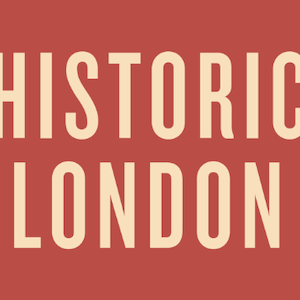Online Readings
By Jo Phillips
In this digital age, people have become used to having pages upon pages of information at their disposal. Smartphones and laptops allow us to access almost any piece of knowledge and entertainment in seconds; we are used to quick results and quick finds. Even quicker are the things we acquire on social media, be they conversations, pictures or texts of information. Technology has granted us huge amounts of power in comparison to pre-Internet life but has also hindered us. Our reliance on our smartphones and laptops have made us impatient; essays and long paragraphs are often overlooked online because of society’s want for quick, snappy information.
Some creatives have benefitted off our ‘addiction’ to accessible information online. Artists on Instagram have taken advantage of the website’s devotion to visuals, for example. People who use Instagram or Twitter do not expect, or necessarily want, to scroll down huge blocks of information; in mere seconds, social media users can soak in a dozen pictures or quotes through merely swiping their finger up and down.
Where does this leave literature, an art form that mostly relies on concentration and analysis for it to be truly appreciated? E-books have certainly permitted us to read books, magazines and newspapers via digital screens but how has social media’s fast-paced industry adapted to writers?
American novelist Jennifer Egan experimented with social media when applying her talents as a writer. In 2012, she wrote a short story titled Black Box through which she initially, and exclusively, published serialised extracts on The New Yorker’s Twitter account. Over nine days, readers would experience this story in reading no more than 140 characters per segment. This project draws attention to the sporadic nature of social media but also pushes boundaries on how, where and when literature can be read.
For any form of writing to be well received, and certainly the most read, a short narrative length seems to be vital. Certainly, long form fiction still attracts many readers online, specifically on fan-fiction forums in which people will share their versions of stories previously written by other people. Over time, however, social media sites such as Twitter, Tumblr and Instagram have become increasingly popular platforms in which writers will share their work. Their work tends to be shorter than those who are published physically; as mentioned before, regular online users are attracted to information that they can quickly digest. You might be thinking that if poetry does not take long to understand, it must be shallow. Literature students are indeed used to dedicating hours to analyse literature so the idea of fast-food writing might not seem that impressive.
One multi-media poet, for example, seems to have taken the reigns of short form poetry in ways which have influenced the influx of online literature. Robert Montgomery is a British text artist whose work can be found publicly, such as on billboards.
“To encounter the work of Robert Montgomery is to make a tender encounter whose tenderness is enhanced by the public, communal quality of his work […] He engages completely with the urban world with a translucent poetry” says Dane Weatherman of Black & Blue Journal. This short analysis perhaps loosely summaries the appeal of online poetry; a poem on Tumblr, for example, is ‘physically’ accessible to the masses and anyone can engage with it by commenting on it or sharing it to their followers. The act of sharing, or ‘reblogging’ something on Tumblr allows it to be seen publicly on your page and to the people who follow you. The act of reblogging a poem onto ones Tumblr blog means that the user relates to the content and would also maybe find the poem to be an interesting visual addition to their blog.
Some online poetry is presented through typewriter format, a visually striking look that might catch someone’s eye. The typewriter, a now archaic device, may hold some nostalgic resonance for the romantic social media user. The fusion of antique and modern is a quaint relationship. Self-published writer R.M Drake is a current favourite amongst Instagram users. His short writings and typewriter font make for perfect results on a platform that is, before anything else, visually driven. Boasting an impressive 1.6 million followers, R. M Drake may represent a new generation of artists whom exclusively use social media to share their work.
There are plenty of other writers and examples that can be found online, so if R.M Drake’s musings don’t quite catch your fancy, there’ll always be someone else whose online work will interest you. If you find yourself attracted to the idea of sharing your work online, please beware of plagiarism. The accessibility of the Internet means that, unless you have your name stamped clearly beside your writing, it is unfortunately vulnerable to theft; you might stumble across your own poetry written under someone else’s name.





